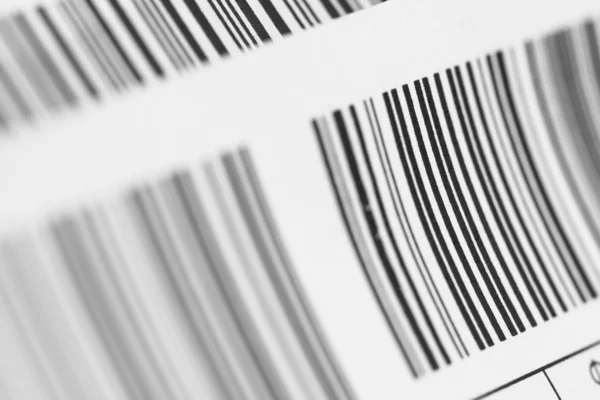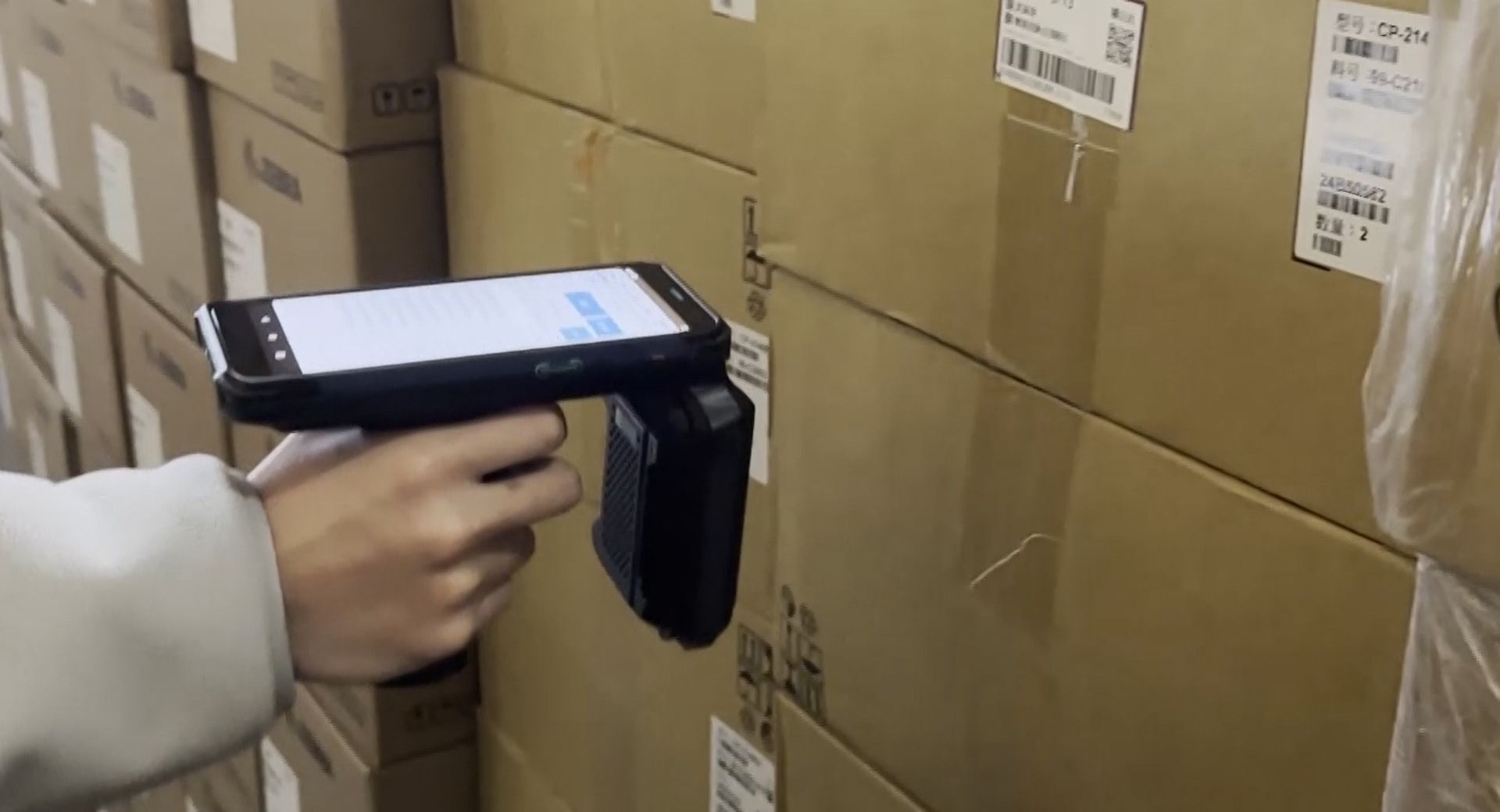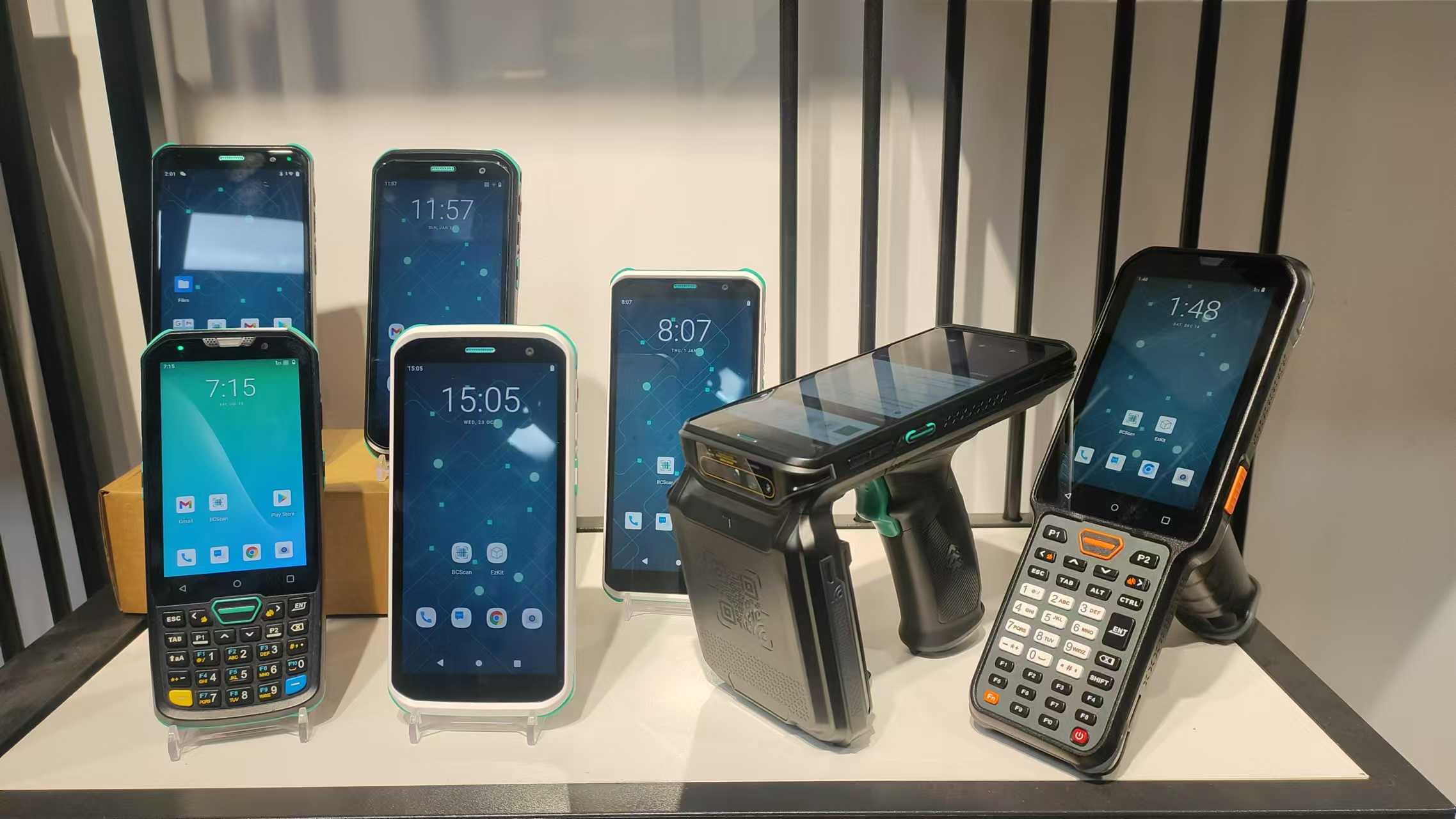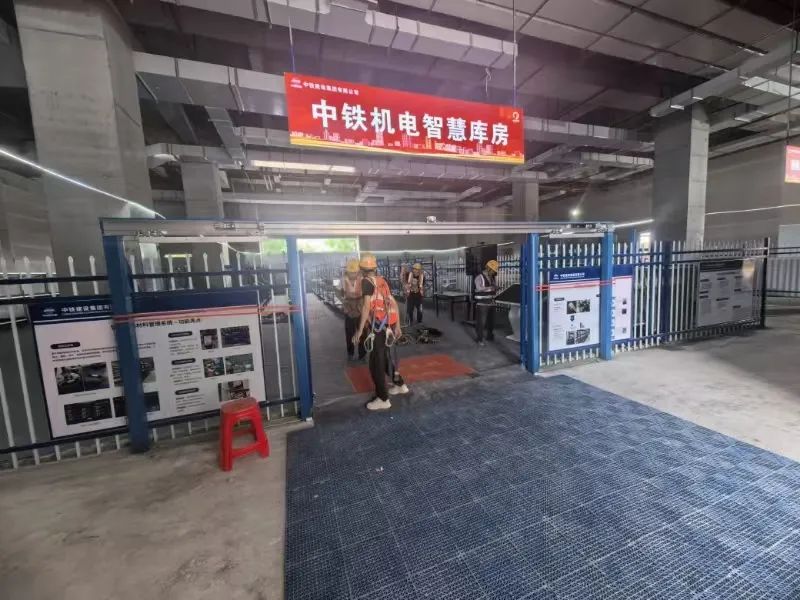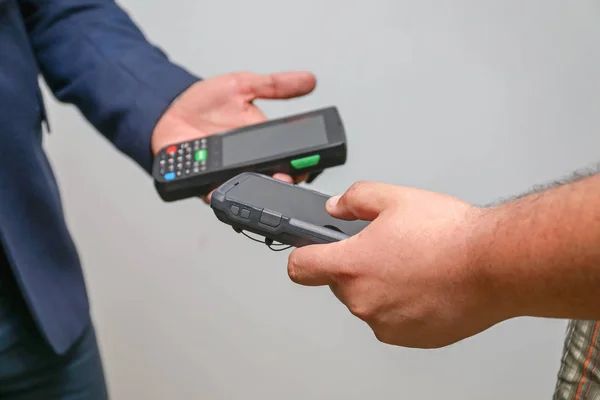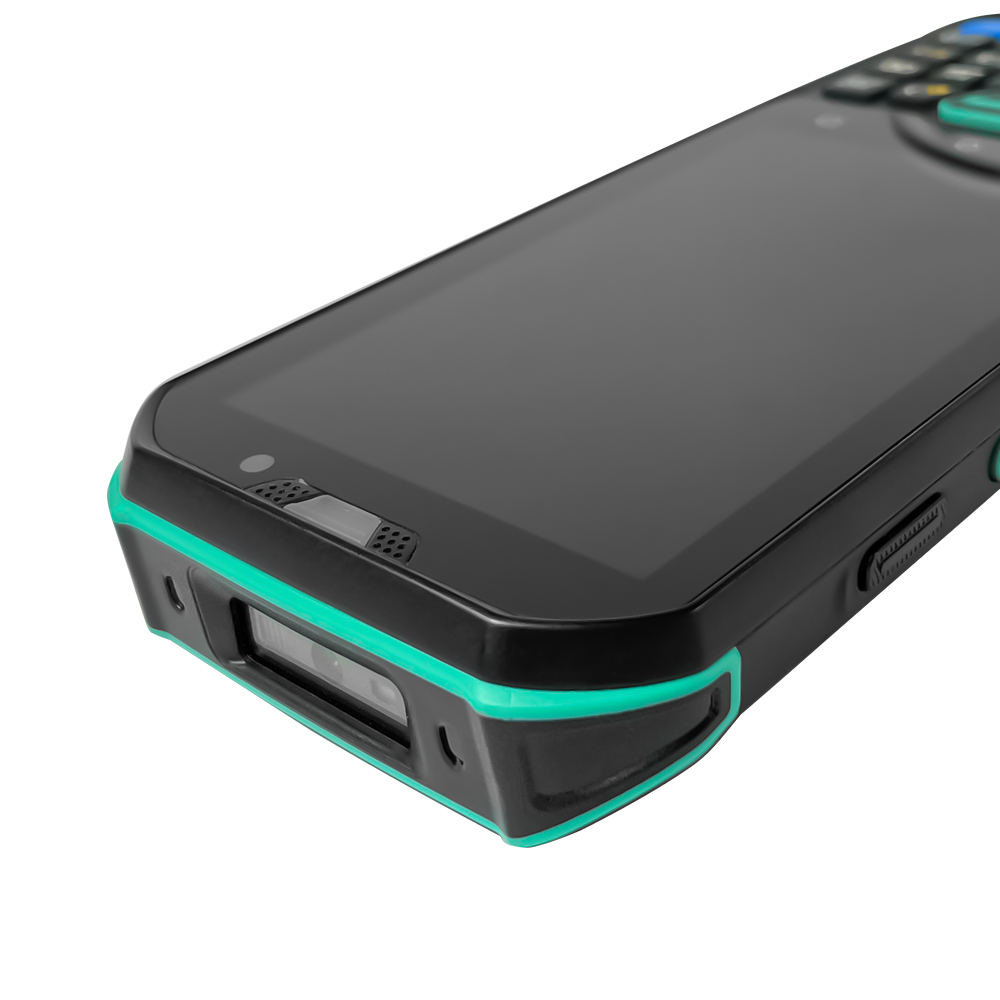What are the application areas of wireless handheld terminals?
Apr 30, 2021
PDA handheld terminal
Wireless Handheld Terminal
As one of the necessary tools for mobile informationization
will be penetrated step by step in each
industries in need of digital upgrading
Provide assistance for the industry to reduce costs and increase efficiency
Since the industry to help
Do you understand?
What are the application fields of wireless handheld terminal?
Logistics
# In the logistics industry
The application of wireless handheld terminal is earlier, mainly used in courier receiving and dispatching management, site management, car line management, warehouse management, transfer station management and other links. Its typical application is to use wireless handheld terminal as a carrier, using data reading, scanning, GIS, RFID and other technologies, around the whole process of goods distribution, from order pickup, warehousing, transportation, packet and sub-packet, distribution, delivery, signing and uploading, etc., rapid recording of goods information and uploading in real time, rapid return, rejection and other abnormalities in the confirmation and processing, and real-name authentication of the courier and so on.
# In the retail industry
Wireless handheld terminal is an important tool to realize mobile information technology, and gradually become a must-have tool for modern retail chain stores, helping retail chain enterprises to develop rapidly. In all types of retail stores, wireless handheld terminals can realize store management, warehouse distribution, goods inventory and other functions, if the addition of RFID read/write engine, can realize faster reading speed and greater throughput, doubling the efficiency of work.
Medical field
# In the medical field
Hospitals use wireless handheld terminals to realize mobile care, doctor's checkups, patient monitoring, pharmacist dispensing and distribution, file medical records management, medical waste management, etc., while retail pharmacies, pharmaceutical wholesale enterprises use wireless handheld terminals to inventory drugs, warehouse management, significantly improving work efficiency.
Utility area
# In the field of utilities
The use of wireless handheld terminals is mainly reflected in mobile law enforcement, electric power inspection, intelligent meter reading, fixed asset management and other segments, as well as military equipment inspection, equipment and material management.
Industrial Manufacturing
# In the industrial manufacturing industry
As the core tool of mobile information processing, the wireless handheld terminal helps production and manufacturing enterprises to complete the informationization layout and build transparent factories in the links of production line information collection/traceability, warehousing in/out, workplace process collection and defect inspection of intelligent manufacturing.
Other areas
#In other industries
In addition to the above logistics, retail, medical, utilities, industrial manufacturing applications, we note that wireless handheld terminals in the financial industry, such as financial escort, the energy industry, intelligent inspection, liquefied petroleum gas cylinder management, tobacco industry, tobacco distribution, tobacco acquisition, tourism industry, scenic spot ticketing, ticket management, and the transportation industry, intelligent parking, airport baggage tracking, railroad equipment inspection, etc. have a number of landing applications. There are a lot of applications in the transportation industry, such as smart parking, airport baggage tracking, railway equipment inspection, etc.
Wireless handheld terminal makes the enterprise
By the traditional mode of transformation to the new stage of informationization intelligence
This makes the efficiency of the enterprise to be guaranteed
More intelligent, convenient
Accelerates the change of major industries
Also helps the enterprise's cost reduction and efficiency
- end -
Read More

